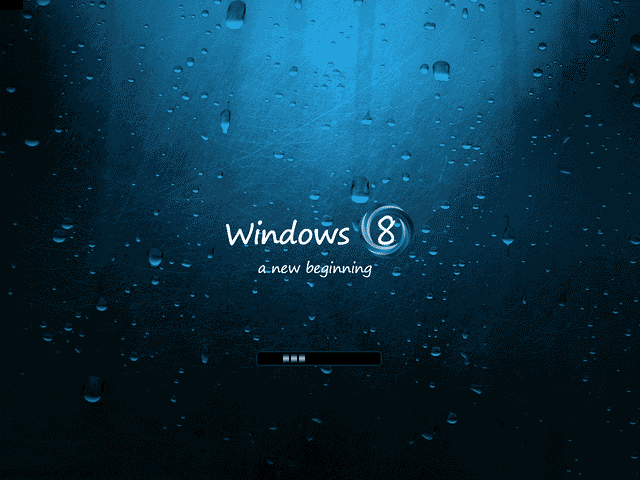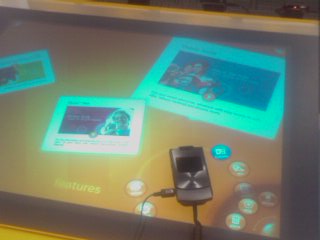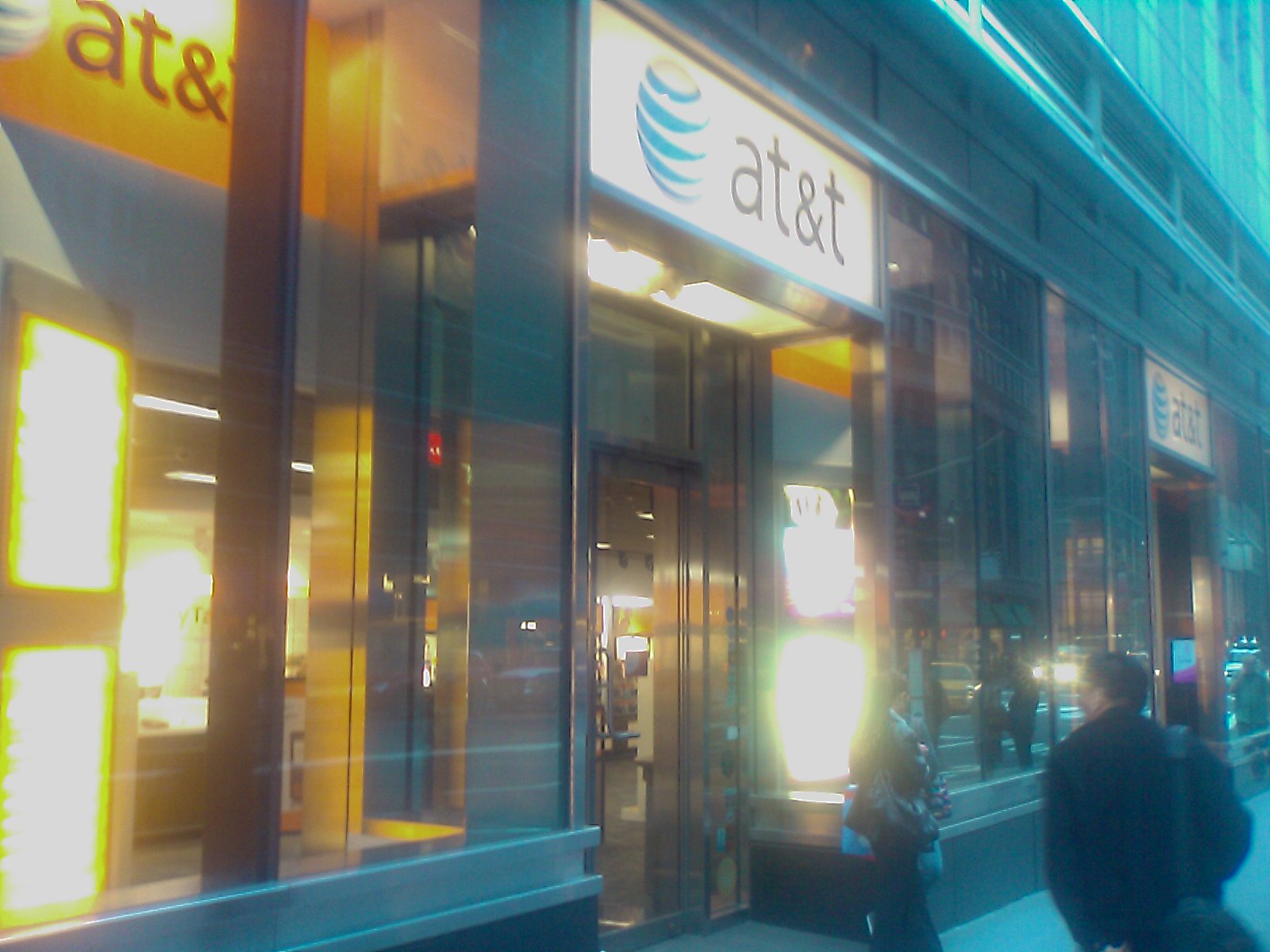I never got in on the GPS craze… or pagers… or the portable media player craze… or the netbook thing… or the ebook readers… or even the tablet thing. My first cell phone was the only non-smartphone I ever suffered.
As a technologist, I saw the serious value in combining devices… to the point where I decided that I would only ever carry one electronic device… a sufficiently powered, hand held computer for which I would have development tools. My current oversized smartphone even suffices as a tablet, reader, and semi-connected third display for my PC.
I now carry all of those individual fad items (and far more) as one unit. Watches, GPS’s, pagers, portable media players, ebook readers… all fully redundant to the power of my contemporary smartphone… and I can (and do) write apps for it. I will never waste resources buying smart watches or smart glasses… my smartphone offers just the right amount of accessibility and utility without needing yet more.
I have a similar relationship with my computer. I have long struggled to find value in a game console. Sure, there’s a nice Xbox One in my home now, but I definitely don’t log any significant time on it; it really more or less belongs to my kids. I have a PC… The one and only thing it lacks for function is the ability to fold it up and take it with me… which is what I have a smartphone for. (Yes, work provides me with a laptop, so as the some-time code warrior, I have a laptop that suffices as a desktop… but it’s definitely no tablet.)
I don’t feel I need the best in every technology, but a few things are very important to me in a PC. I’ve long said I need visual bandwidth… multiple displays are a must, and not just any. The displays must have at least 1200 lines of height resolution… width only depends on aspect ration from there, and 4×3 and 16×9 describe the pair I have on my desk as I write this. Touch would be nice for this, but I don’t have touch now… I can survive without it. As a software developer, having a display dedicated to my development tools and another dedicated to alternate info (communications, email, technical documentation, work queues, server desktops, or debug UIs) is a must. The more I can see on the surface of a monitor, the less time I have to waste hunting for the window that has the info I need in it… my PC is a content creation station. I can still take advantage of my oversized smartphone to offload communications (email, video/teleconf/chat, music playlists, etc) I could easily make use of more displays… I just don’t physically have room for more on my desk.
My PC is more than just a PC… it’s a workstation. A laptop won’t even suffice for it… whenever I am reduced to working on my laptop alone, I feel constricted… like being forced to do detail level work while wearing a diver’s mask and welders gloves. Work goes much better when I connect a full size keyboard, mouse and displays to the laptop in one form or another.
Of course, my workstation being my own actual personal computer, I also like to play games on it, and so it’s yet more than just a workstation… it’s also a game console.
Needless to say, it’s the things that a tablet can’t do that make a normal tablet superfluous to me. Most importantly, I can’t fully replace my workstation/gamer console/PC with it… If I can’t do that, it’s just another display that doesn’t fit on my desk… and I already have a phablet that satisfies my portable computing needs…. anything more than that would only leave me wanting to just take my workstation with me everywhere.
When I go into Best Buy, or Staples or shop on Dell, I’m asking for a device that bridges the gap between the portability of a tablet, the creation-centricity of a workstation, and the gamer power of a console. Worse, I get way more bang for the buck out of a desktop system than anything that even claims to be mobile, so replacing it with a mobile system that has close to the performance will be pricey.
With the release of the Surface Pro 3, it’s very clear that Microsoft is hearing me, and fighting hard to do something about it. I’m not sure it fully balances cost with my requirements, yet, but the Surface Pro 2 was tempting… The 3 may get me to bite. The ability to convert a tablet into a workstation and/or gamer console is definitely on track, plus it has some nice features that make it a better tablet than an iPad. To match my current set of requirements, I would have to go with at least a mid-range (i5) unit. The docking station would be a must. If I kept my current non-touch, 2k display, using the tablet’s 2k display as well, it could finally be the tablet to bite on. If I could find a good 4k touch enabled display for a reasonable price, that may be the clincher.
Is Surface Pro 3 a breakthrough product for you, or are you already rocking a more complete range of hardware?


